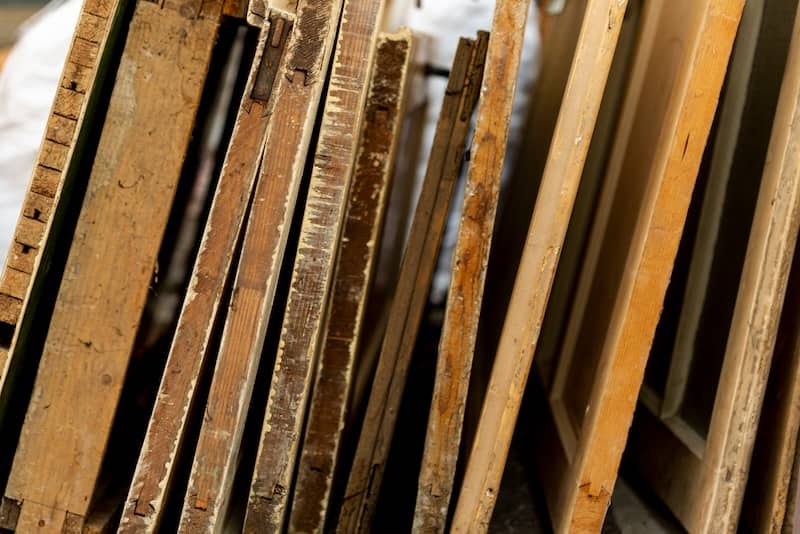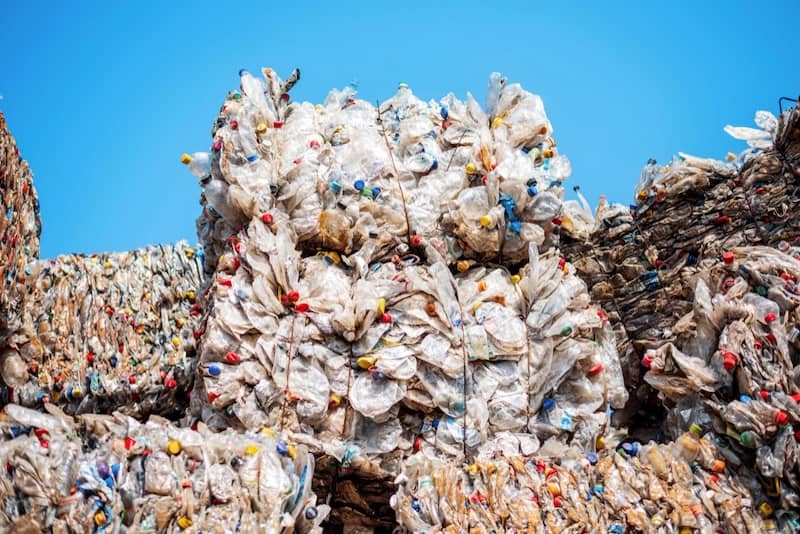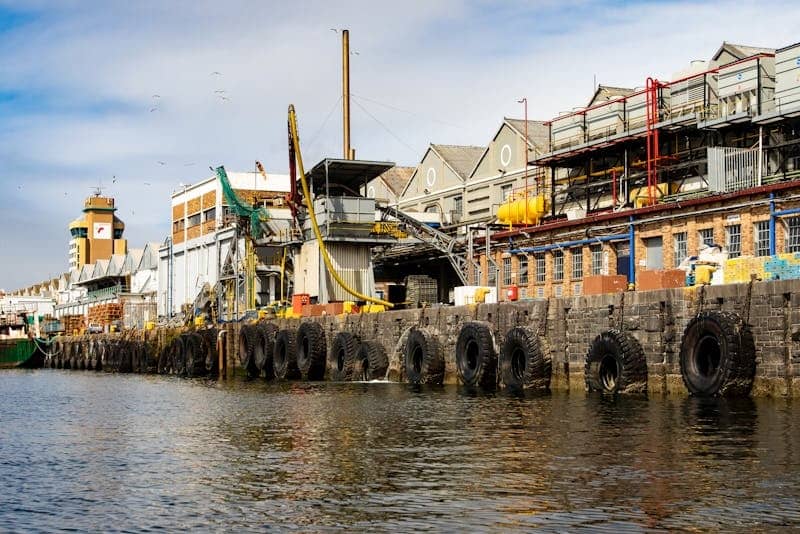Whether you are an avid automobile fan or a casual YouTube reel scroller, you are likely familiar with F1 Grand Prix pit stops. A sleek racing machine speeds down the pit lane. Before the car fully stops, a crowd of mechanics reaches for the tires. Everyone has one simple task. With perfect precision and timing they make the tire change look easier than pay-wave checkout. Two seconds and it is done. The team of mechanics carry the four used tires off of pit lane while their teammate speeds away on fresh rubber.
While an excellent example of the cliché, “many hands make light work,” the pit stop also requires a range of unique tools. For example, a pneumatic wrench or tire gun removes and installs the tires’ single lug nut. Pirelli designs the one-lug nut tires specifically for Formula One racing. They are a significant reason why the sport has the fastest pit times in the world.
However, all this speed specialized equipment does lead to the question of sustainability. Let’s buckle down on a few key questions.
How many used tires does F1 racing produce?
During a Formula One race, drivers make between one and three pit stops. Each time they stop, all the tires are changed. This means a single racing vehicle uses 16 new tires in a three-pit-stop race.
In addition, any tires fitted to the rims are considered used, even if they haven’t been driven on for very long. Labeling tires as used early is a safety measure brought on by the high-risk nature of Formula One driving. Accidentally using a damaged tire can lead to fatal consequences down the track.
All this adds up to around 1500 tires being used on a typical race weekend. Pirelli produces approximately 40,000 Formula One specific tires for the Grand Prix season every year.
Who’s responsible for dealing with the used tire waste?
At first, 40,000 tires seems like an enormous amount of waste. Who has room for 40,000 tires in their backyard? How are they kept from adding to the problem of landfills or dangerous tire piles?
Pirrelli, as the monopoly producer of F1 wheels, also has a system in place for managing the outflux of tires. As a company, Pirelli takes sustainable tire manufacturing seriously as they “complete life cycle analysis of all products and of the company as a whole. This makes it possible to reduce environmental impact in a strategic, measurable way.” Although the tires are currently recycled into tire-derived fuel (TDF), Pirreli is researching alternative recycling options.
Where do all the retired tires go?
Tires might seem useless once they run their race and are carried off out of the way by the pitstop team. However, old Grand Prix tires still have something to give after helping you win your bets and providing popular entertainment. They help create concrete.
Used racing tires are transported from the race arena to a waste tire recycling facility. There they are compressed into containers by tire recycling equipment and transported to a concrete factory in Oxfordshire, UK. The concrete factory uses them as an alternative to coal to power their kilns. Concrete production requires temperatures upwards of 2500 degrees Fahrenheit. Used F1 tires provide some of this energy as TDF.
In past decades, organizers used old Formula One tires as barriers known as tire walls along the race tracks to create a somewhat forgiving barrier in case a car got out of control. In recent years, safer and more sophisticated tracks and barriers have been designed, so this method of repurposing of race tires has largely been abandoned.
Are there more environmentally friendly options out there?
While TDF limits fossil fuel extraction and increases the usefulness of tires, it still releases greenhouse gases into the atmosphere. Pirelli, and many other tire companies, have been researching other uses for old tires apart from TDF. These alternatives include:
- Powder rubber used in asphalt
- Rubber mats
- Artificial turfs and playground surfaces
- Plugs and hoses
Because the rubber is vulcanized to make it durable enough to be used for use on the road and the racing track, it can’t be melted and reused in new tires. Secondary recycling into other products can still extend the lifespan of Formula One tires 1000x since they are used in a race setting for a relatively short period of time.
In general, the tire recycling industry is currently in a state of innovation and growth as the importance of low-impact life cycles rises, and tires continue to be produced in huge quantities. Companies like Pirelli and Michelin are at the forefront of this movement as they consider the lifecycle of Toyota Corolla tires as well as those used in high-stakes sports like the F1 Grand Prix. What do you think old tires should be used for?




